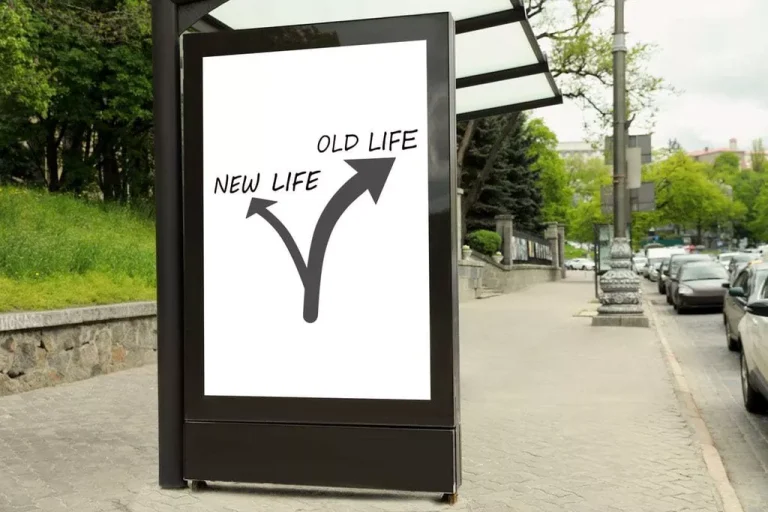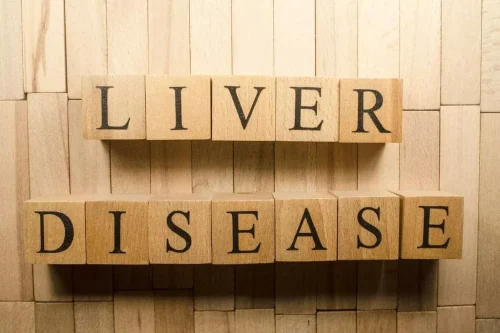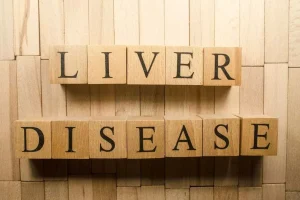
Symptoms of CHS typically come on several years after the start of chronic marijuana use. We strive to reshape medical education and academia in their evolution beyond the traditional classroom. The low-dose, coformulated regimen was well tolerated, and overall data supports its use in children with HIV aged 2 years and older weighing between 30.86 lbs (14 kg) and 55.11 lbs (25 kg). Approximately 1 in 5 youths who identify as a sexual gender minority will undergo a gender identity change in their adolescence; however, such changes do not appear to impact their mental health. Researchers are still trying to figure out exactly what causes CHS in some people who regularly use cannabis but not others. Probably, a crucial factor in the genesis of CHS is the composition of cannabis.
Clinical history
To diagnose CHS, a healthcare professional will study your symptoms and ask you questions. They’ll also examine your abdomen and may order tests to rule out other causes of vomiting. The only treatment that can get rid of CHS symptoms for good is to stop using cannabis completely.
The importance of quitting cannabis with CHS
Compulsive hot water bathing can be an important marker for the diagnosis of CHS 5. Conditions can overlap or mask CHS including cyclic vomiting syndrome, eating disorders, or drug-seeking behavior 44. Knowledge of pharmacological treatments for managing CHS may lessen the burden of ED resources with the recurring admission of patients with CHS 20, 23, 25, 28, 31, 33, 35.
Cannabis Hyperemesis Syndrome (CHS)

Like many EDs worldwide, the normalization of cannabis consumption has led to an increase in the number of cannabis-related consults in the ED (positive delta from 2.3 to 13.3 cases per 100,000 ED visits in the USA from 2006 to 2013) 43. In light of the severity of their symptoms, these patients often require increased monitoring and accompaniment. With average ED times of 13.9 h 26, these patients, who often do not fill the criterion for hospitalization, are bound to already chronically oversaturated EDs and add to the pressure on healthcare systems.
- To diagnose CHS, a healthcare professional will study your symptoms and ask you questions.
- In addition to the lack of controlled studies, most of the articles published on CHS were descriptive case reports 20, 23, 26, 29, 30, 31, 33, 34, 35.
- Thus, chronic users seem to develop symptoms from stimulation of already overstimulated CB receptors (CHS) but can also develop symptoms upon cessation through decreased central nervous system stimulation (CWS).
The age range of 18–85 years was chosen to include all adults and the older population, as this age group falls under the category of most frequent cannabis users and thus can develop CHS as well. CWS, on the other hand, tends to present in chronic users within 1–10 days after last THC intake, with a peak incidence between days 2 and 6. No correlation has been established between symptoms severity and quantity (of THC) previously consumed, and initial presentation (to acute cannabinoid hyperemesis syndrome care) tends to vary, with a clinical course not well defined. Symptoms, which include nausea and vomiting as well as psychological and other somatic issues, generally worsen the further the patient is from last consumption, and can last up to 4 weeks. This likely corresponds to the time needed for CB1 receptors to return to their original state in the central dopaminergic pathways; this important feature is key to long-term management of these patients, who require ambulatory follow-up rather than simple symptomatic relief 13.

The aim of this study was to outline current treatments for the management of CHS. All data generated or analyzed during this study are included in this article and its supplementary material files. Here is what pediatric health care providers need to know about this often debilitating disorder. One study found up to 6% of people who went to the emergency room for cyclical vomiting had CHS.
Diagnosis and Tests

Often recurrent, these frequent consultations add to the congestion of already chronically saturated emergency department(s) (ED). In order to curb this phenomenon, a specific approach for these patients is key, to enable appropriate treatment and long-term follow-up. Due to the growing use of cannabinoid integrative medicines, healthcare professionals must be cognizant that N/V in patients undergoing prolonged cannabis treatment may develop cannabinoid toxicity and CHS. N/V induced by cannabinoids may be masked by N/V related to cancer or side effects of chemotherapy drugs 5. This awareness may help reduce, identify and effectively manage polypharmacy and cannabinoid-related side effects. An electrocardiogram may be useful to assess the patient’s QTc interval, especially in the context of antipsychotic medication use, as well as before the administration of certain antiemetics, which may prolong the QTc interval to extreme lengths.
Associated Data
Medline, PsycINFO, DARE, OpenGrey, Google Scholar, and the Cochrane Library were searched from inception to February 2017. Evidence was graded using Oxford Center for Evidence-Based Medicine guidelines. The search resulted in 1262 articles with 63 of them eligible for inclusion (205 human subjects).
How soon after cannabis hyperemesis syndrome treatment will I feel better?
It should be noted that the case series using capsaicin cream had a small patient sample cohort of only 1–4 patients; as a result, success in larger cohorts may be questioned 23, 26. The RCT conducted by Dean et al. 22 presented with overall a low risk of bias; however, there were some concerns related to attrition bias, as one individual ended their involvement early. Despite the appropriate statistical methods used in the study conducted by Wagner et al. 24, the subgroup analysis presented a serious risk of bias due to a small sample that may contain unbalanced prognostic factors. The retrospective cohort conducted by Yusuf et al. 25 had a moderate bias in selecting patients in the ED, as there was selective reporting of patient outcomes, as only the LOS in the ED was measured. Haloperidol and topical capsaicin have pathophysiologic bases and evidence for use in CHS. They are likely more effective than 5-HT3 antagonists (eg, ondansetron), though evidence amounts to systematic reviews of cases and 1 small RCT.
Medical
Cannabis cessation is noted to be the most successful management, but other treatments also demonstrated symptom relief; these include hot water hydrotherapy, topical capsaicin cream, haloperidol, droperidol, benzodiazepines, propranolol, and aprepitant administration. Cannabinoid hyperemesis syndrome (CHS) is a condition in which a patient experiences cyclical nausea, vomiting, and abdominal pain after using cannabis. The almost pathognomic aspect of a patient’s presenting history is that their symptoms are relieved by hot baths or shower. This activity introduces the pathophysiology, clinical manifestation, and management of cannabis hyperemesis. Through its interaction with TRPV1 receptors, topical capsaicin, applied to the forearms and abdomen, combats hypothermia and https://ecosoberhouse.com/ helps redistributing blood flow away from the gastrointestinal tract (see above) 9, 28, 29.
